Julie A. Luft
Distinguished Research Professor 2020
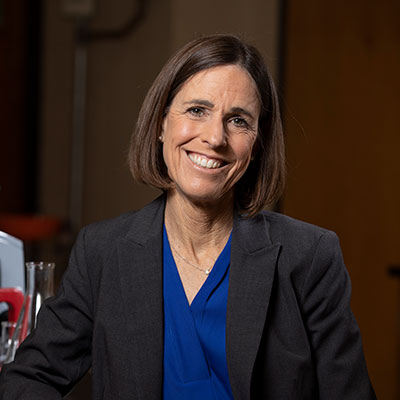
Julie A. Luft, Athletic Association Professor of Mathematics and Science Education in the College of Education, is a leading scholar of science education. Her widely published research studies continue to significantly influence science teacher induction and teacher development both nationally and internationally, shedding light on central issues of teacher preparation, professional learning and retention. Luft has translated her research on teacher education and learning into applications that benefit practicing teachers and the broader education community. She served on the committee that wrote the influential 2015 National Academies of Sciences, Engineering and Medicine report on science teachers’ learning, which identified a lack of opportunities and recommended changes to address science teachers’ professional development. Luft’s current work focuses on improving such opportunities for newly hired science teachers, exploring a novel format of professional learning for science teacher leaders, and examining the content knowledge and instruction of early-career science teachers when they teach outside of their expertise.

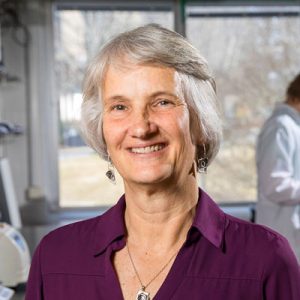 Distinguished Research Professor 2019
Distinguished Research Professor 2019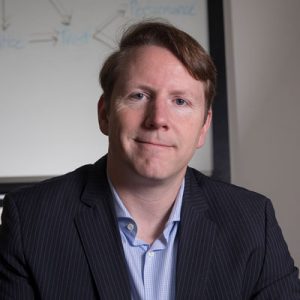 Distinguished Research Professor 2019
Distinguished Research Professor 2019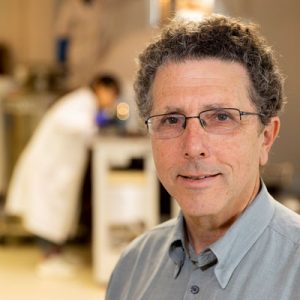 Distinguished Research Professor 2019
Distinguished Research Professor 2019
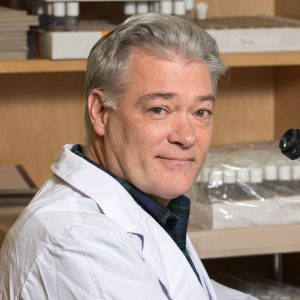 Distinguished Research Professor 2018
Distinguished Research Professor 2018 Distinguished Research Professor 2018
Distinguished Research Professor 2018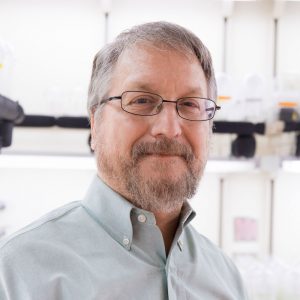 Distinguished Research Professor 2018
Distinguished Research Professor 2018 Distinguished Research Professor 2018
Distinguished Research Professor 2018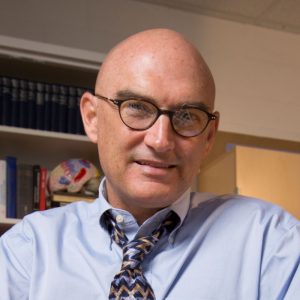 Distinguished Research Professor 2018
Distinguished Research Professor 2018